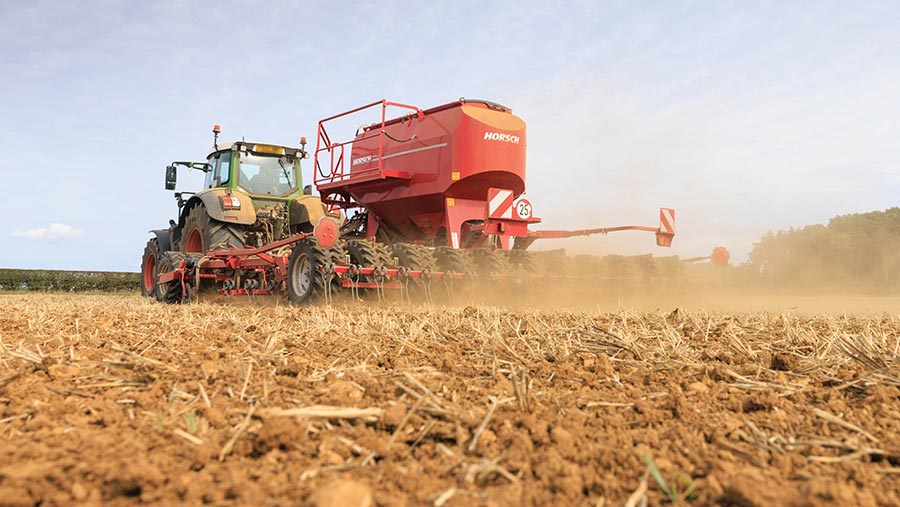Plantings hit by rain helps extend new-crop wheat premium
 © Tim Scrivener
© Tim Scrivener Heavy rain has continued to disrupt spring plantings and affect crop conditions across the UK, with England experiencing its fourth-wettest February on record.
The Met Office reported many parts of southern England faced more than twice the average rainfall during the month, while large parts of the Midlands have also been affected.
Markets have already started to factor in a new-crop premium for November 2024, with a £17/t price differential between May and November futures.
See also: Grain trade blamed for holding up digital passports
Agronomy services group Origin Enterprises, which operate in the UK as Agrii, said: “Total autumn and winter plantings for principal crops are estimated to be 20% behind last year at 2.1m hectares, with the expected area of winter wheat back 24% to 1.4m hectares.
“However, ongoing rain puts the viability of a portion of this crop at risk.”
The EU’s Mars crop bulletin suggested that wet and warm conditions during February were also having a mixed effect on crops in Europe.
It said: “Such unusually high temperatures at this time of year tend to benefit crop development, especially of late-sown stands, but also cause a dehardening of winter crops, making them more vulnerable to cold spells.”
For old-crop, feed wheat spot prices collected by Farmers Weekly stood at £157.5/t midweek.
Meanwhile, UK feed wheat futures for the May 2024 contract have fallen on the week, opening at £160.50/t on Wednesday 6 March, but remain higher than where the markets fell to on 20 February.
Traders at Frontier said: “The UK feed wheat market faces the same issue it has all season – with prices too high to compete for export sales, leaving the prospect for a carryout of more than 3m tonnes.
“Excessive rainfall and extensive flooding leaves 2024 UK wheat production prospects compromised.
“A crop below 11m tonnes is leaving a notable shortfall to meet consumption needs, which will be just short of 15m tonnes.”
